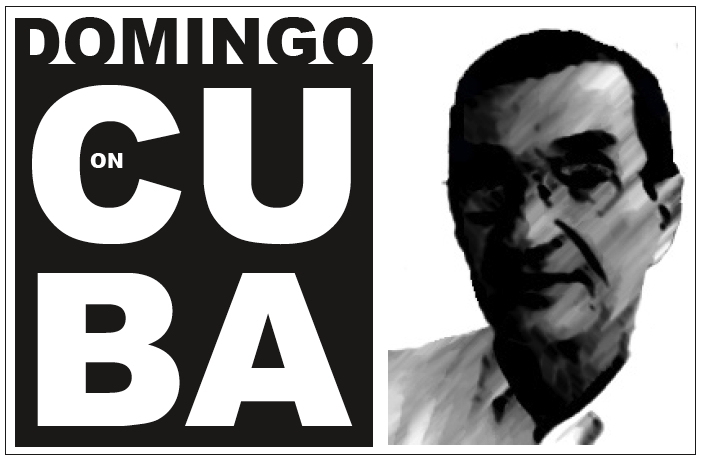Cuba is the exception from the rule in the developing world: After imposing rigorous measures that have flattened the COVID-19 infection curve, with zero new infections expected for the end of May, its government now has the luxury of announcing its vision and steps towards a phased reopening.
But the official guidance on that reopening so far is sketchy.
The very cursory coverage of a May 7 Council of Ministers meeting in the official press — probably reporting less than 10% of what was actually discussed — gave the following hints about an outline attributed to Economy Minister Alejandro Gil:
The strategy consists of two stages; a first one related to the economic recovery immediately after the pandemic, and a second — longer-term — stage aimed at strengthening the national economy.
The first stage will consist of three phases in which services and activities will reopen piecemeal, while allowing for social distancing and other measures, to maintain the disease under control.
There is no time frame yet, and the official reports did not provide any clear guideposts. Prime Minister Manuel Marrero Cruz was quoted as saying that there is no timeline yet. All we know is that the country will be able to begin the recovery stage “in the coming months”, and that the return to a new normalcy will be gradual.
In the short term, the priorities are implementing a comprehensive testing and tracing system, and then lift the quarantine on the Havana neighborhoods and small towns that have been in lockdown
The re-opening strategy, according to the official reports, centers on revitalizing domestic demand, which may be helped by the accelerated implementation of key reform measures that were approved before the pandemic.
And this is probably the biggest news that can be distilled from the reports of that May 7 meeting. As usual, extracting the news requires translation from politicians’ “neolingua” code and some between-the-lines reading. The official reports quote President Miguel Díaz-Canel as saying that Cuba “is preparing itself not only to confront the current world scenario, but also to continue to transform its economic and social model”.
“With all this, we respond to one of the fundamental issues we have been debating for years, which is to definitely unleash the country’s productive forces, in a way that this liberation of the productive forces will have an impact on the economic and social development of the country,” the official reports quote Díaz-Canel.
The reports went on to quote Marrero, the new prime minister, as saying that many reforms must be accelerated.
“Acceleration” is, of course, a relative term in Cuba. Díaz-Canel qualified his pressing for speedier reforms with the need for “a broad debate”, while Marrero was quoted as saying that “shock therapy or haste” must be avoided.
Even the cursory coverage of what was said at the meeting reflects the enormous impact the pandemic has had on the Cuban economy, beyond the usual dysfunction and the Trump administration’s economic warfare.
Let’s just leave it with this snippet: In the first week of May, there were a little below 1,000 tourists in state-owned hotels and some 200 in private lodgings that decided to weather the pandemic in the island — an enormous fall for a once-flourishing industry that approached 5 million visitors a year before the Trump administration began its economic warfare. As a result, revenues from airlines, port services, cruises, and consular fees have evaporated.
The current crisis was certainly triggered by the pandemic and its immediate consequences. However, the effects of the pandemic are worsened and deepened by the long-festering crisis of an unworkable economic system. That is the true correlation — the fallout of the pandemic is hitting so hard because of the many, decades-old vulnerabilities within the Cuban economy.
That’s why the official reporting — of Díaz-Canel repeating the notion of “continuing the transformation of the economic and social model”, Marrero talking about “age-old problems”, of Economy Minister Gil Fernández repeating the need of a “redimensioning of the state and private sectors” — sends a signal of a renewed reform push. As to Díaz-Canel, Marrero and Gil, these are not casual phrases to please an audience. They are based on a clear awareness before, during and after the pandemic that the entire system must be redesigned.
It’s a paradox: The impact of the pandemic could, finally, speed up reforms and produce the substantial change the Cuban system needs so much. The return to normalcy Cuba’s leaders talked about cannot be a return to the stagnating model. There must be a significant renewal.
Former Cuban intelligence officer Domingo Amuchastegui has lived in Miami since 1994. He writes regularly on Cuba’s internal politics, economic reform, and South Florida’s Cuban community


